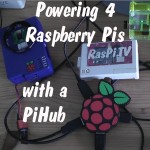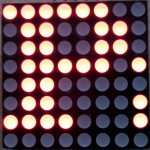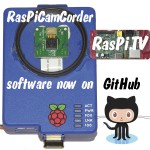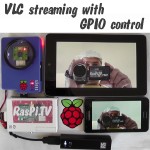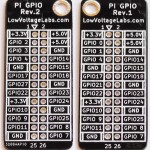
I was very keen to try out Google Coder for the Raspberry Pi as soon as I heard about it. I had some problems with it initially because the instructions on the Google Coder download site are/were fairly scant. It talks of an installer, which it later transpires is only for the Mac. The instructions have since improved a bit, but initially were hopelessly confusing. I hope the instructions will have improved even more by the time you read this, but below I’ll show you how I got it up and running. These are instructions […more…]
